

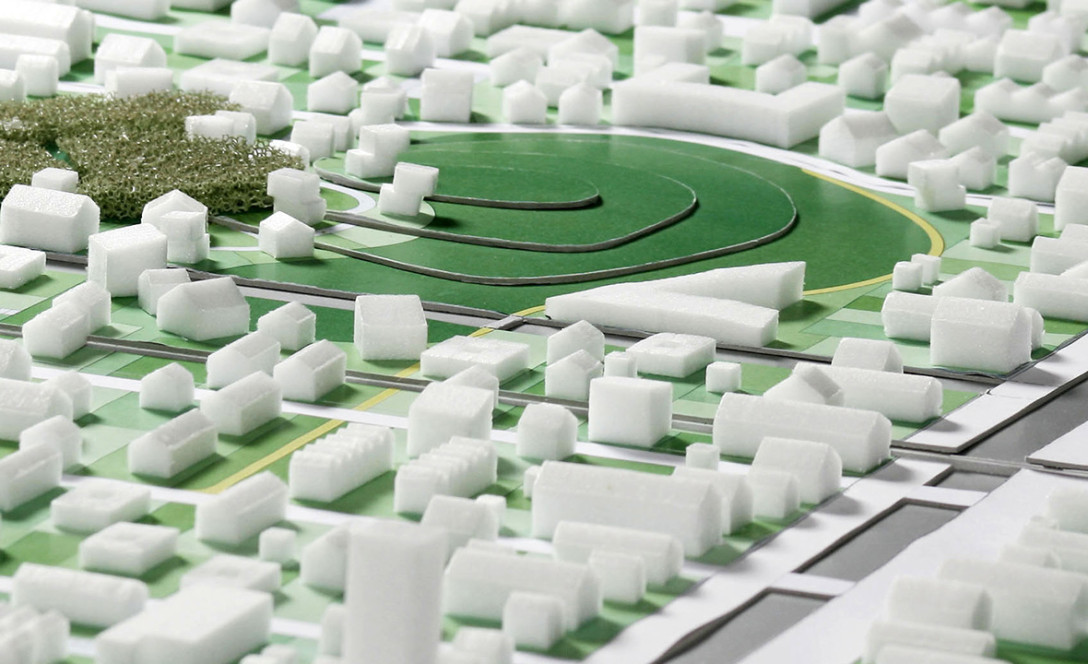
The local authority of Waddinxveen in the province of South Holland has plans to develop 2,600 homes. These homes will be located to the south west of its existing centre. The potential of the district – ‘De Triangel’ – was investigated and designed over a period of twelve weeks under a commission from the local council. Various programme scenarios (2,300 to 2,900 homes) were tested within the main structural plan. The existing grid of polders making up the Zuidplaspolder forms the basis for an efficient, transparent main structure, which is broken up by the introduction of ‘landscape spots’. These create unique local situations, which in turn provide the basis for an organic division of the land and a variety of housing types. Dependent on the composition of each site –either soil or water- the ‘landscape spots’ have their own specific design.
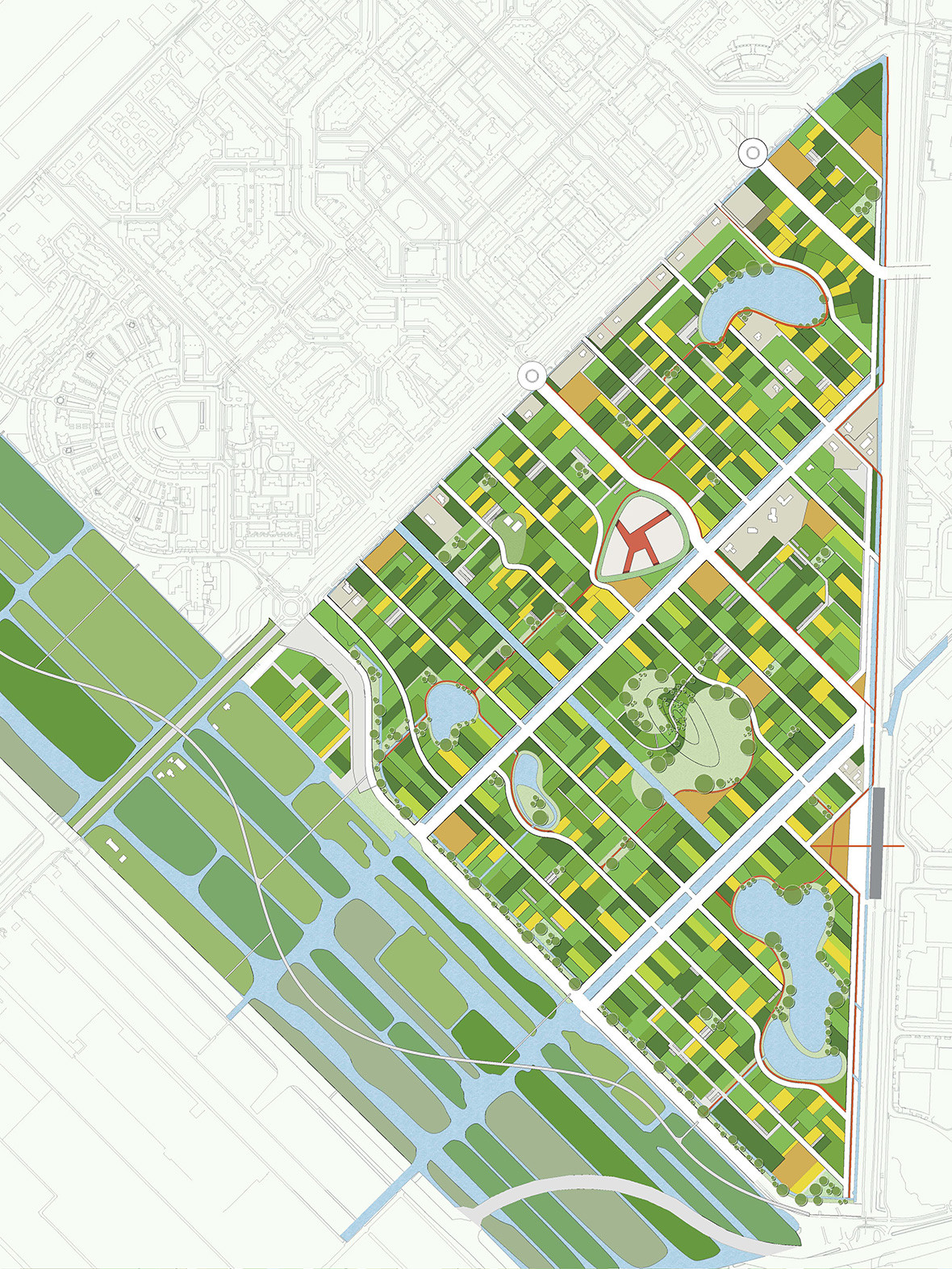
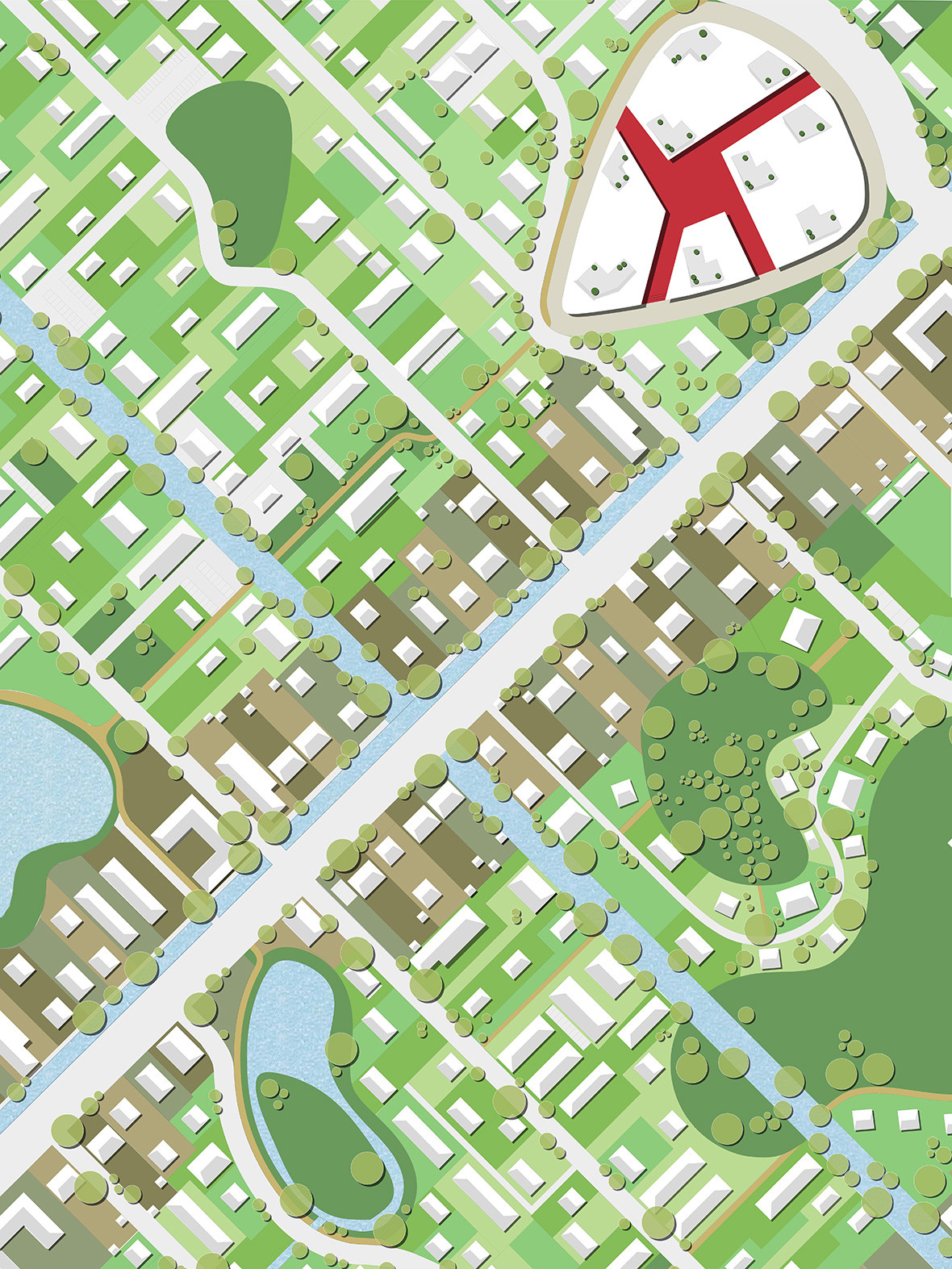

A deliberate choice was made for a mixture of housing types, categories and architecture within the boundaries of the district as a whole. Unusual houses, such as water houses, woodland houses, hillside houses, ribbon houses and living/working houses, appear at the localities of the ‘landscape spots’, land strips, and alongside the railway line. On the one hand the plan for De Triangel is rooted in the character of the polder and the village atmosphere of Waddinxveen. On the other, it adds a new layer to the rigid polder structure, a layer that at the neighbourhood level creates a new identity and diversity in a gradual development.
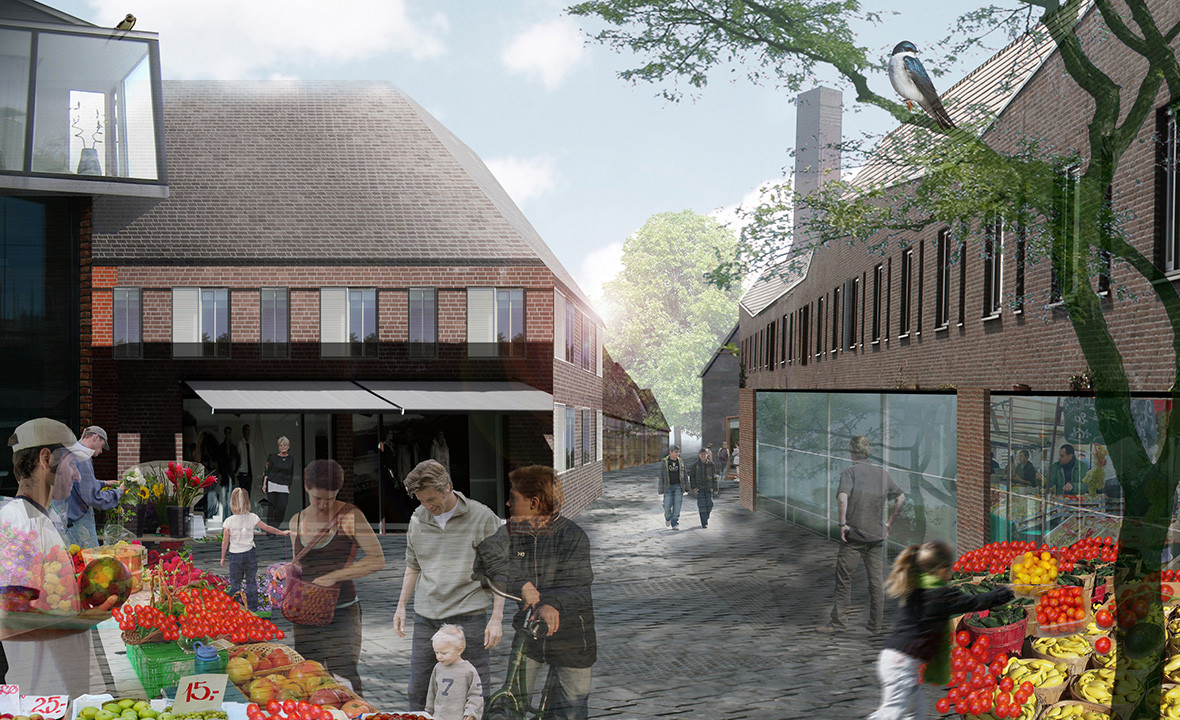
The prosperity of the neighbourhood has increased over the years. Its identity cannot be immediately defined, but will develop over the years. This growing prosperity has grown together with the people who are building up a new future in De Triangel. This design study, together with those of another landscape architecture office, forms a part of the master plan for De Triangel. Both studies were presented to the local council and local residents early in 2008. By the end of 2008 the council will have decided on the manner in which the following stages will take shape

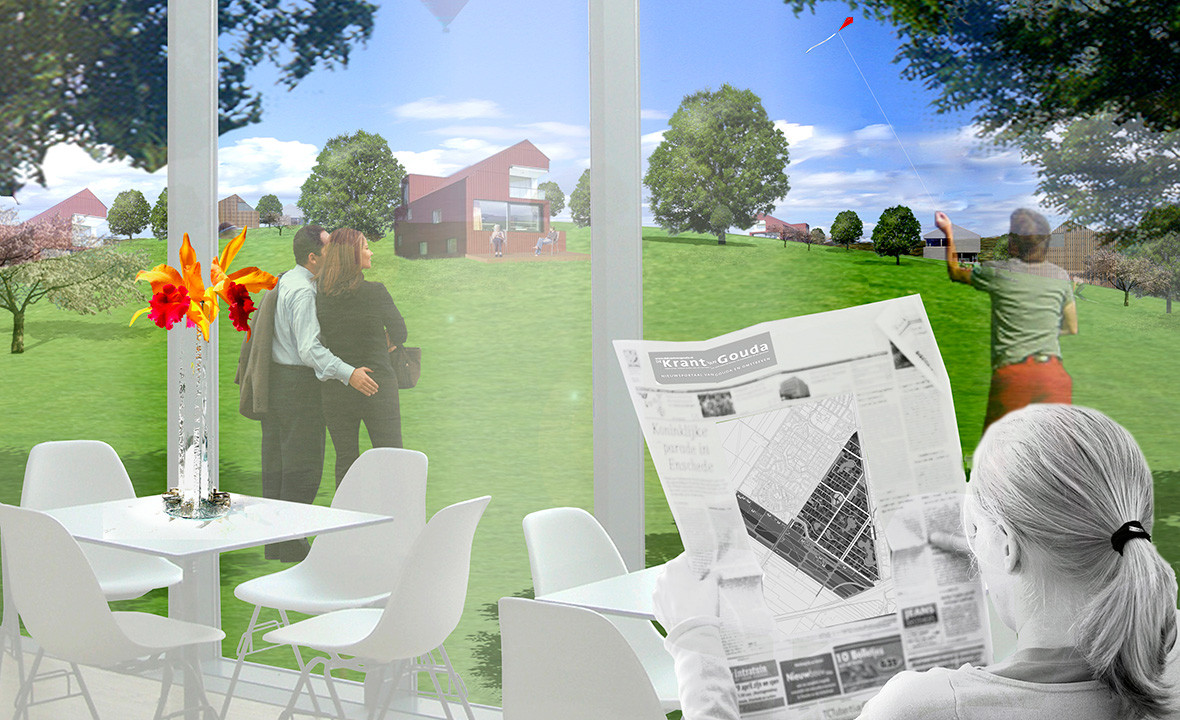
| Location. | Waddinxveen, Netherlands |
|---|---|
| Assignment | Urban possibility study |
| Size | 100 hectare |
| Design | 2008 |
| Status | Completed study |
| Client | Waddinxveen Municipality |
| In collaboration with | Change Architects |